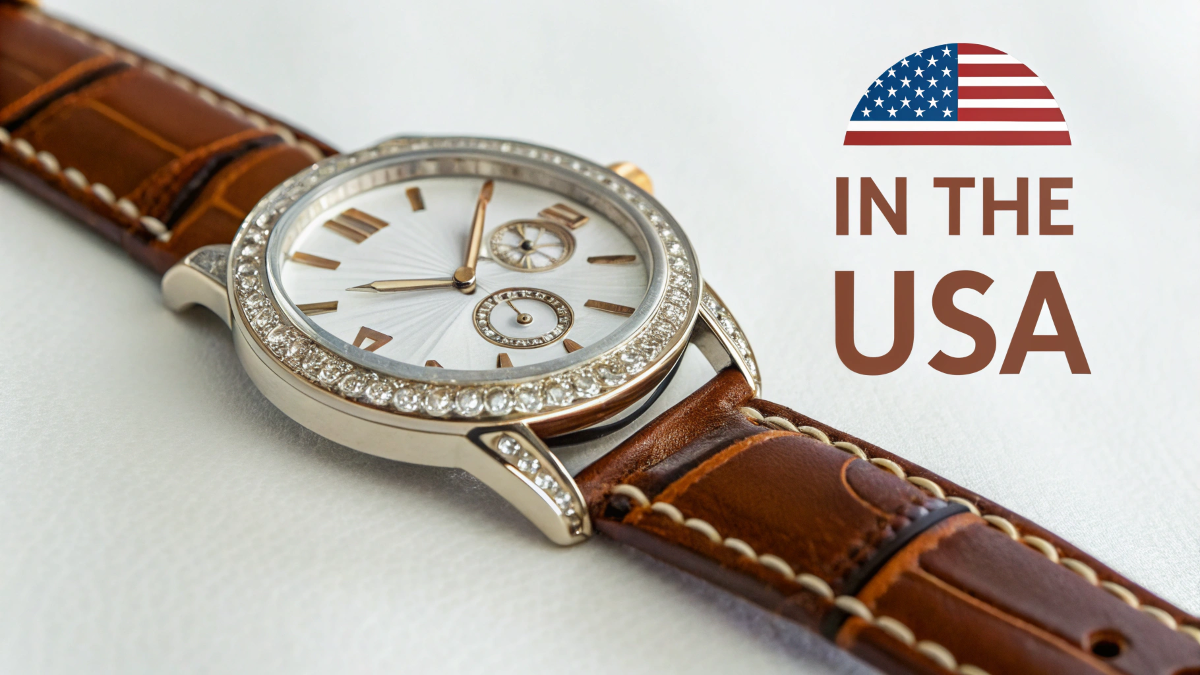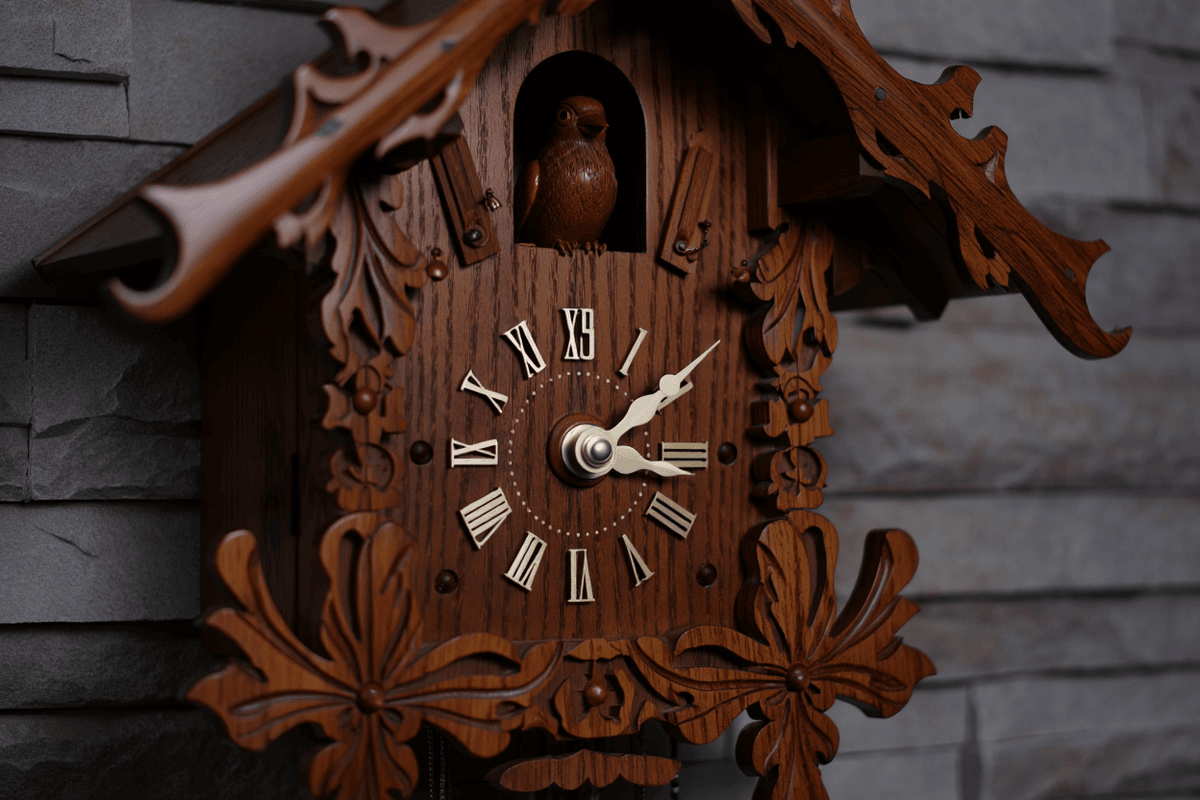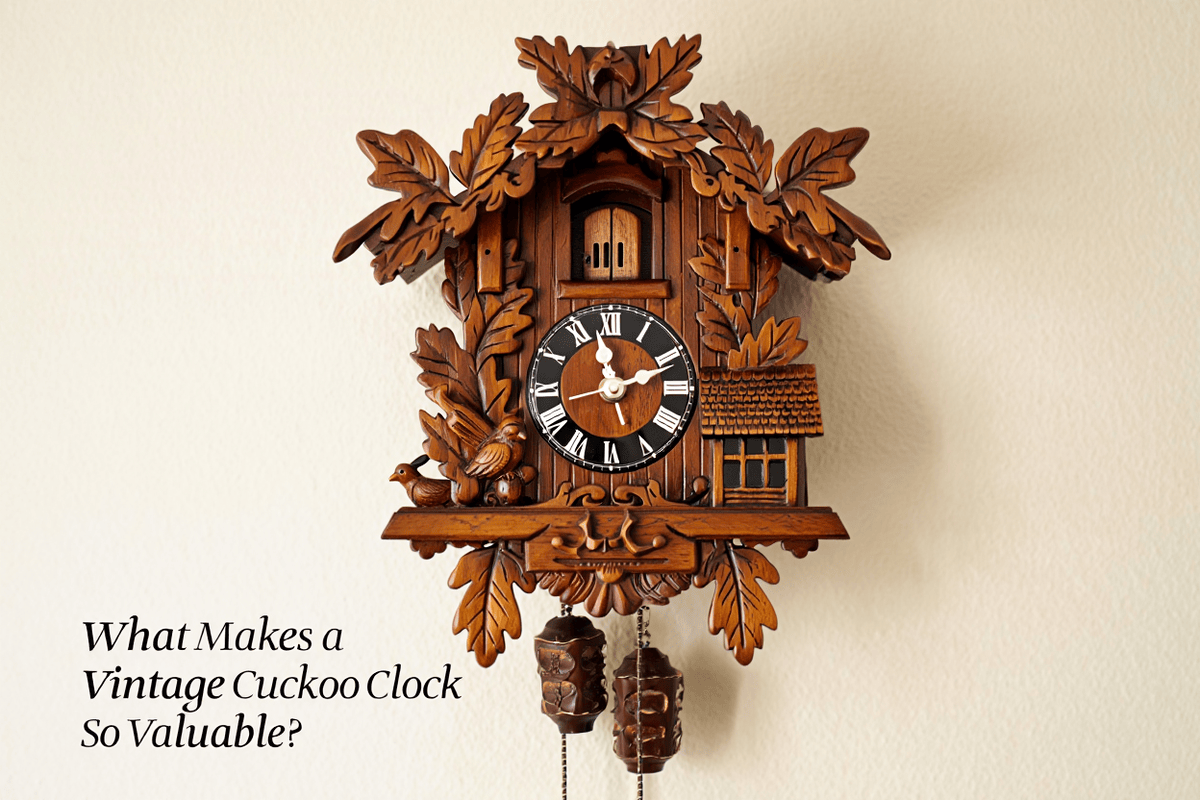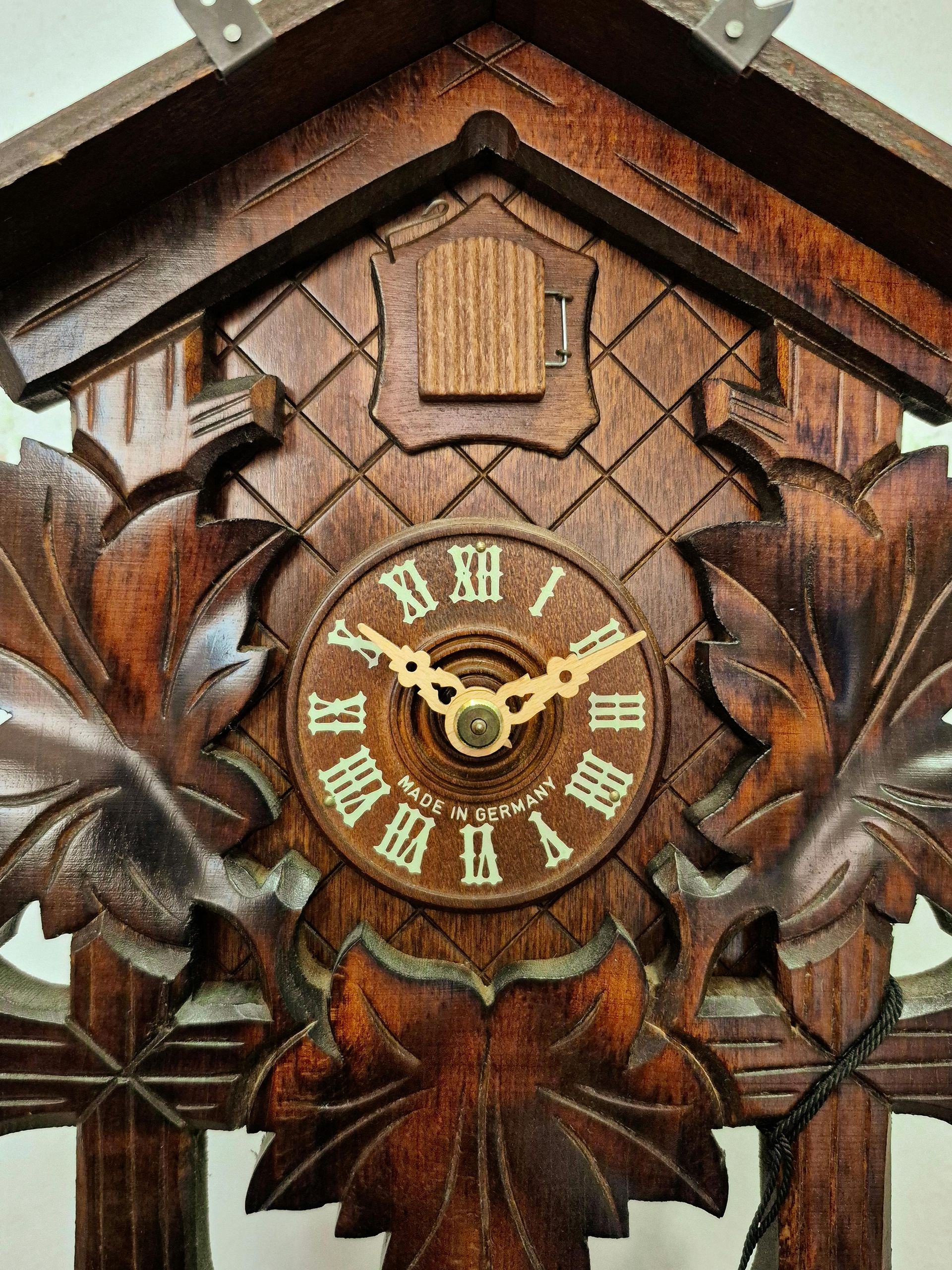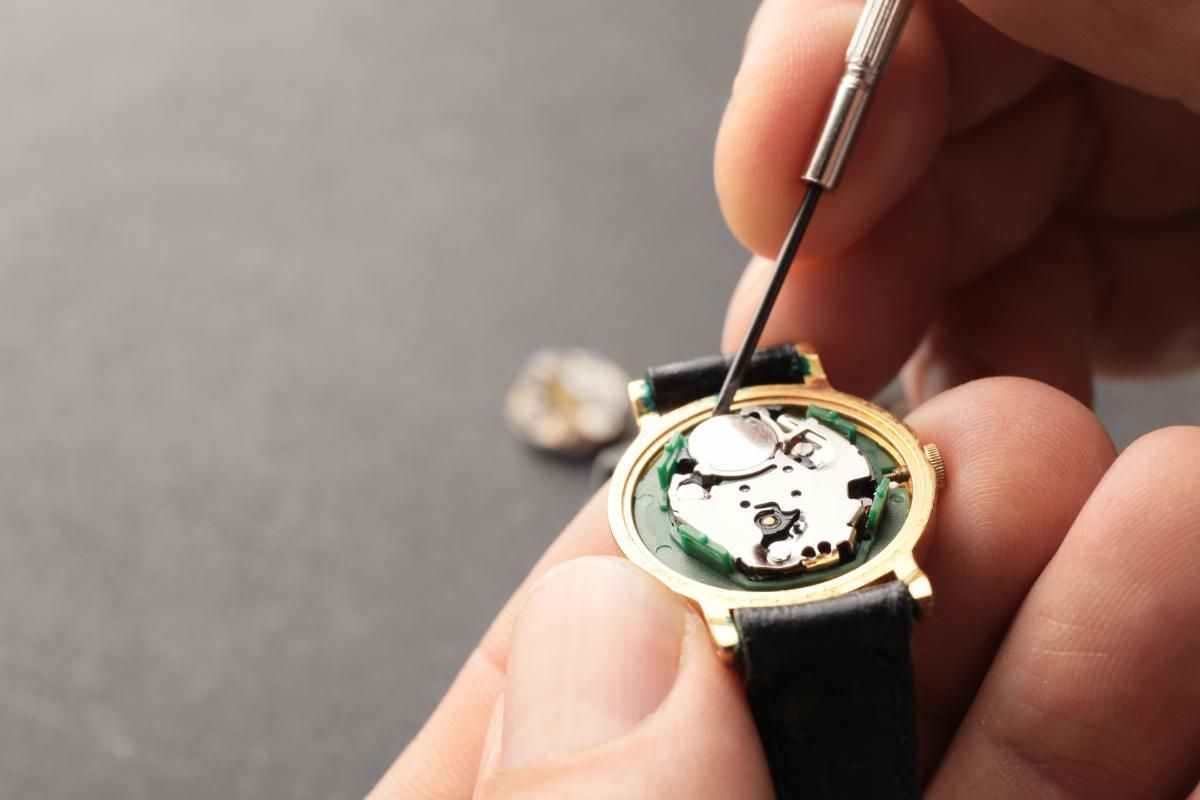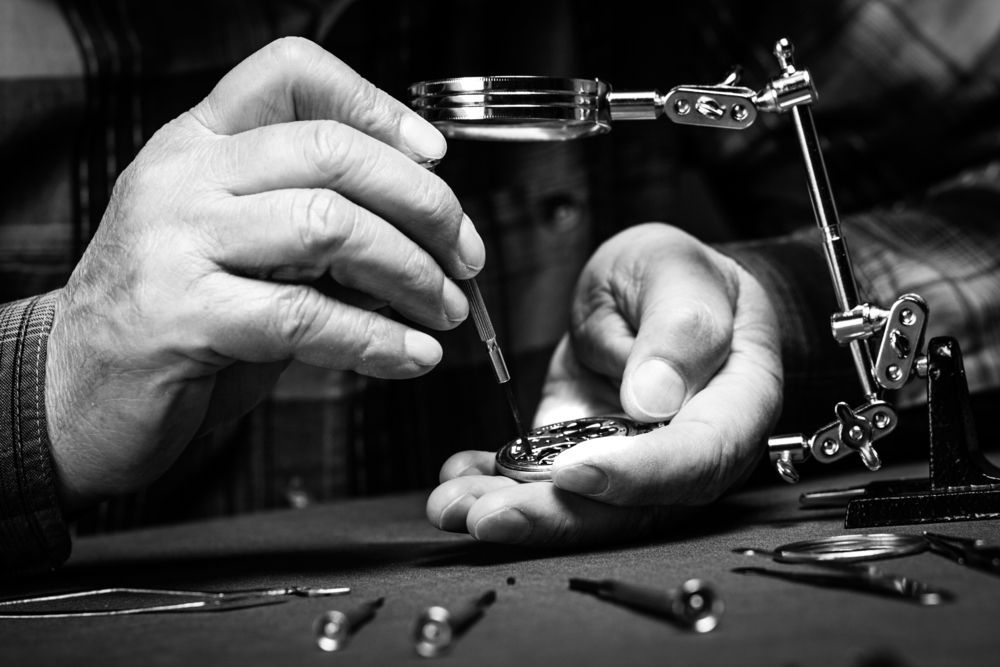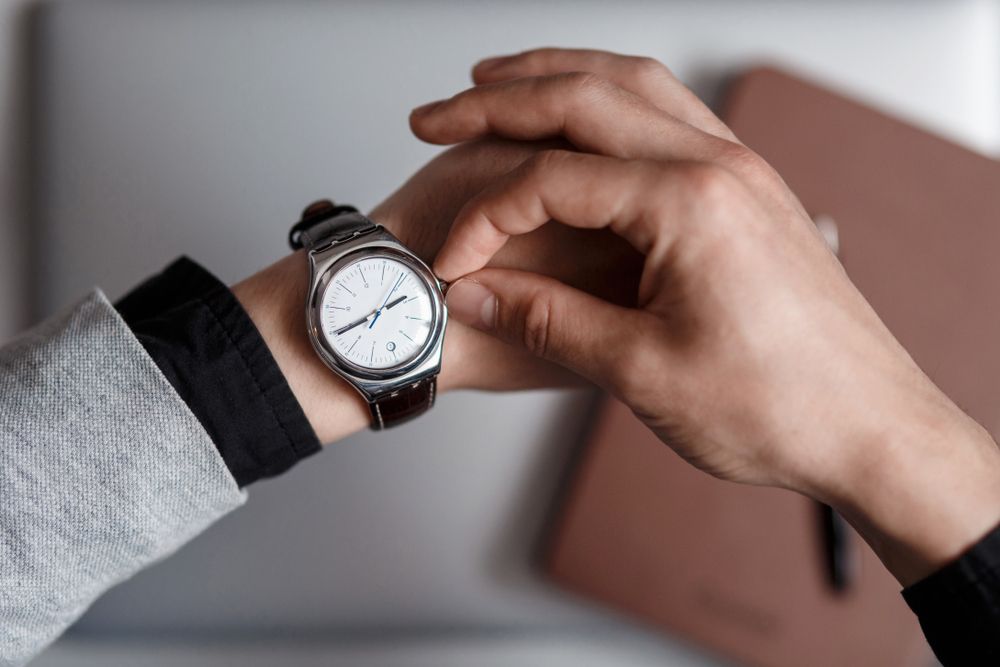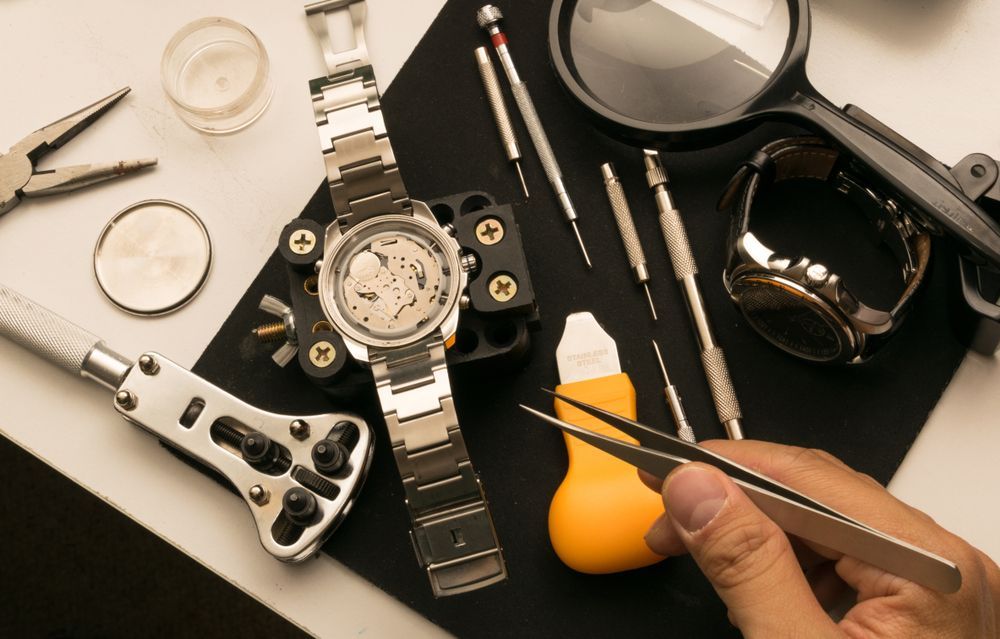What’s the Story Behind the Grandfather Clock Name?
For centuries, tall and stately timepieces have graced homes, inns, and estates, their steady pendulums marking the rhythm of daily life. These iconic clocks, instantly recognizable by their towering cases, are known today as grandfather clocks. But have you ever wondered: why is it called a grandfather clock? The answer is a fascinating blend of history, culture, and music that transformed the name of these clocks forever.
The Origins of the Longcase Clock
Before they were called grandfather clocks, these tall timekeepers were known as longcase clocks. The invention dates back to the late 17th century, around 1670, when clockmaker William Clement refined the use of the anchor escapement mechanism. This new design allowed for a longer pendulum, which in turn required a tall wooden case to house it. The result was the first longcase clock.
Longcase clocks quickly became a symbol of craftsmanship and prosperity. Made from oak, walnut, or mahogany, these clocks were not just functional pieces but also works of art. Their elaborate dials and finely carved cases showcased the artistry of the clockmakers and the wealth of their owners.
The Musical Inspiration Behind the Name
So how did “longcase clock” evolve into “grandfather clock”? The answer lies in a popular song from the 19th century.
In 1876, American songwriter Henry Clay Work composed a sentimental ballad titled “My Grandfather’s Clock.” The song told the story of a stately clock that had stood in a family home for generations. According to the lyrics, the clock kept perfect time during the life of its owner, the grandfather, but mysteriously stopped ticking the moment he passed away.
The song became a sensation on both sides of the Atlantic. Its popularity was so widespread that longcase clocks began to be affectionately referred to as “grandfather clocks.” The name stuck, and over time, it entirely replaced the more technical term.
Cultural Impact of the Song
The influence of Henry Clay Work’s ballad went beyond renaming a type of clock. The song struck a deep chord with audiences during the late Victorian era, a time when family heritage, sentimentality, and remembrance were highly valued.
The idea of a clock that lived and died with its owner resonated as both a metaphor for mortality and a reminder of the bonds between generations. The association of the clock with family legacy reinforced the notion that these clocks were heirlooms, often passed down as treasured possessions.
Today, even people unfamiliar with the song know the term “grandfather clock,” a testament to how a piece of music can shape language and tradition.
Grandmother and Granddaughter Clocks
Interestingly, the popularity of the grandfather clock name eventually inspired additional terms. Smaller versions of the longcase clock began to be marketed as grandmother clocks and granddaughter clocks.
- Grandmother Clocks: Typically shorter than six feet, these clocks were designed to fit smaller spaces but retained the elegance of their larger counterparts.
- Granddaughter Clocks: Introduced in the 20th century, these were even smaller, often less than five feet tall, and frequently given as gifts.
While these terms were likely marketing innovations, they reinforced the idea of clocks as part of a family lineage.
Craftsmanship and Symbolism
The name “grandfather clock” evokes more than just the memory of a song. It also reflects the role these clocks played in family life. Standing tall in hallways, parlors, and entryways, grandfather clocks became symbols of permanence, tradition, and continuity.
They often featured ornate carvings, brass fittings, and detailed moon-phase dials. In many cases, the clocks were customized to reflect the personal tastes of their owners. These details made each clock unique and increased its value as a family heirloom.
The steady tick-tock and resonant chimes of a grandfather clock also carried symbolic weight. They marked not just hours and minutes, but also the passage of life itself—a connection beautifully captured in the song that gave the clock its name.
The American Connection
Although the grandfather clock originated in England, it became deeply rooted in American culture. Colonial clockmakers, inspired by European designs, began crafting their own versions in the 18th century. American longcase clocks often reflected regional styles, with influences ranging from Shaker simplicity to elaborate Pennsylvania German carvings.
When Henry Clay Work’s song was released in 1876—the same year as America’s Centennial celebrations—the name “grandfather clock” became part of the American vocabulary at a moment when the nation was reflecting on its heritage. This further cemented the clock as a cherished symbol of tradition in the United States.
Grandfather Clocks in Popular Culture
Since the 19th century, grandfather clocks have continued to appear in literature, film, and art as symbols of time, memory, and stability. They often serve as backdrops for family gatherings, moments of reflection, or turning points in stories. Their distinctive chimes are instantly recognizable, evoking nostalgia and continuity.
The association of these clocks with the passage of generations means they often appear in narratives about family history and legacy. In this way, the cultural power of the grandfather clock extends far beyond its function as a timepiece.
The Enduring Appeal of Grandfather Clocks
Today, grandfather clocks remain highly valued by collectors, homeowners, and families. Their tall stature makes them statement pieces, while their mechanical precision continues to fascinate. Many people cherish them not only for their beauty but also for their connection to history and family tradition.
In modern homes, grandfather clocks are often preserved as heirlooms or displayed as centerpieces. Their timeless design means they fit just as comfortably in contemporary interiors as in traditional ones. And with proper care, they can continue running smoothly for centuries.
Caring for a Grandfather Clock
If you are fortunate enough to own a grandfather clock, maintaining it is essential to preserving its value and functionality. These clocks are intricate mechanical instruments that require regular care, including:
- Cleaning and Oil Maintenance: Dust and lack of lubrication can affect accuracy and damage delicate parts.
- Pendulum and Weights Adjustment: Ensuring proper balance keeps the clock running on time.
- Chime and Strike Repairs: These features are often the first to show signs of wear.
Professional clock repair is crucial because even small issues can lead to larger problems if ignored. Entrusting your heirloom to experts ensures that it will continue to keep time—and tell its story—for future generations.
Why the Name Still Matters
The question “why is it called a grandfather clock?” isn’t just about etymology. It highlights the deep relationship between objects, stories, and culture. A clock that was once simply a “longcase” became something more human and emotional thanks to a song. The name reminds us that timekeeping isn’t only about precision, it’s also about memory, heritage, and meaning.
Every tick of a grandfather clock carries echoes of the past, making it more than just a piece of furniture. It is a living symbol of the connection between time and tradition.
Keep Your Family’s Timepiece Alive
The story behind the grandfather clock name is one of invention, song, and tradition. From William Clement’s innovation in the 17th century to Henry Clay Work’s ballad in the 19th century, this tall clock has journeyed through history as both a practical tool and a cultural icon. Its enduring name reflects the way objects can carry stories across generations.
If you own a grandfather clock or any cherished timepiece, make sure it continues its story for years to come. At Chicago Clock Company, we specialize in expert grandfather clock repair, battery replacement, and sales. Our skilled technicians provide free estimates while you wait, ensuring your treasured clock gets the attention it deserves.
Don’t let time stop on your family’s heirloom. Call us today to schedule an appointment and keep your clock’s legacy ticking for generations to come.


